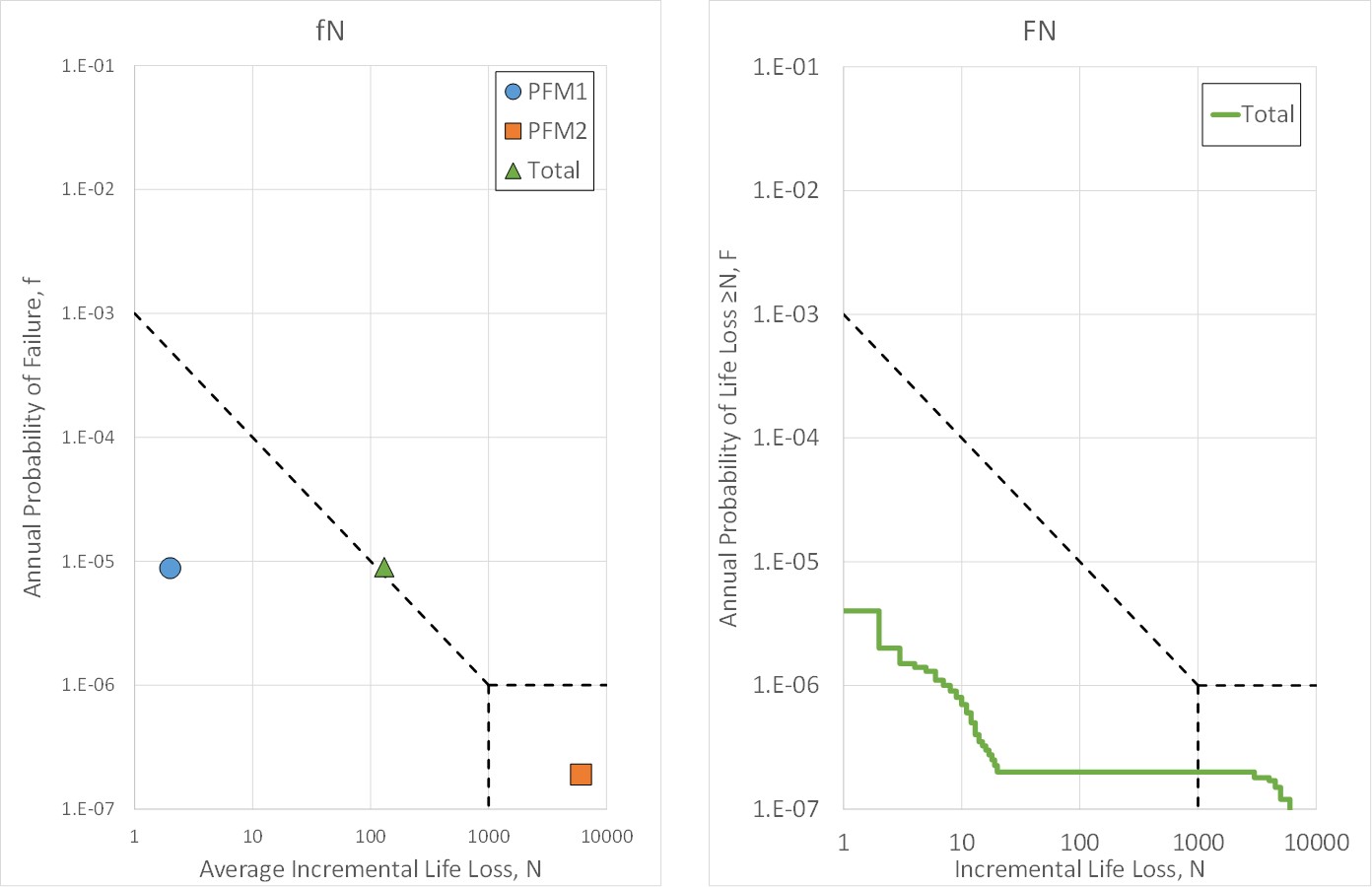
What the f-N? Clarifying Misconceptions about Risk Plots
-
Register
- Non-member - $105
- Member - $55

Description
Risk analysis results for dam safety are typically portrayed graphically using the f-n plot (little f-n) and the F-N plot (big F-N). The f-n and F-N plots may look similar, but there are fundamental differences in their definition and meaning. The purpose of the webinar is to provide an overview of the plots and clarify some common misunderstandings. This webinar will cover five differences between the two plots. Developing a fundamental understanding of the nature and meaning of f-n and F-N plots is essential to making better risk informed decisions.
Target Audience
Risk Analysts and Decision Makers
David Margo, P.E., USACE
Lead Civil Engineer, Risk Management Center
US Army Corps of Engineers
David Margo currently serves as a Lead Civil Engineer for the U.S. Army Corps of Engineers Risk Management Center. He provides technical leadership, oversight, and guidance in support of the dam and levee safety programs. The Risk Management Center is responsible for supporting the Corps of Engineers portfolio of more than 700 dams and more than 14,000 miles of levees. The Risk Management Center provides technical services and advice both nationally and internationally.
Mr. Margo spent the first part of his career working as a staff engineer for the Huntington District office of the Corps of Engineers performing dam break analysis, designing lock filling and emptying systems, and developing numerical models to estimate dam and levee risks. He then moved back to his hometown to work for the Pittsburgh District as a staff engineer for the District, a regional engineer for the Great Lakes and Ohio River Division, a national specialist for the Risk and Reliability Directorate, and finally as a dam and levee safety specialist for the Risk Management Center. He feels blessed to have worked on many interesting and challenging projects which include developing concept designs for the Panama Canal lock expansion, performing the first screening risk assessments for the Corps dam portfolio, and developing the Corps Levee Screening Tool.
His primary interests include hydrology, hydraulics, risk assessment, and risk management. He holds Bachelor and Master of Science Degrees in Civil Engineering from the University of Pittsburgh. He is a registered professional engineer in the state of Pennsylvania.